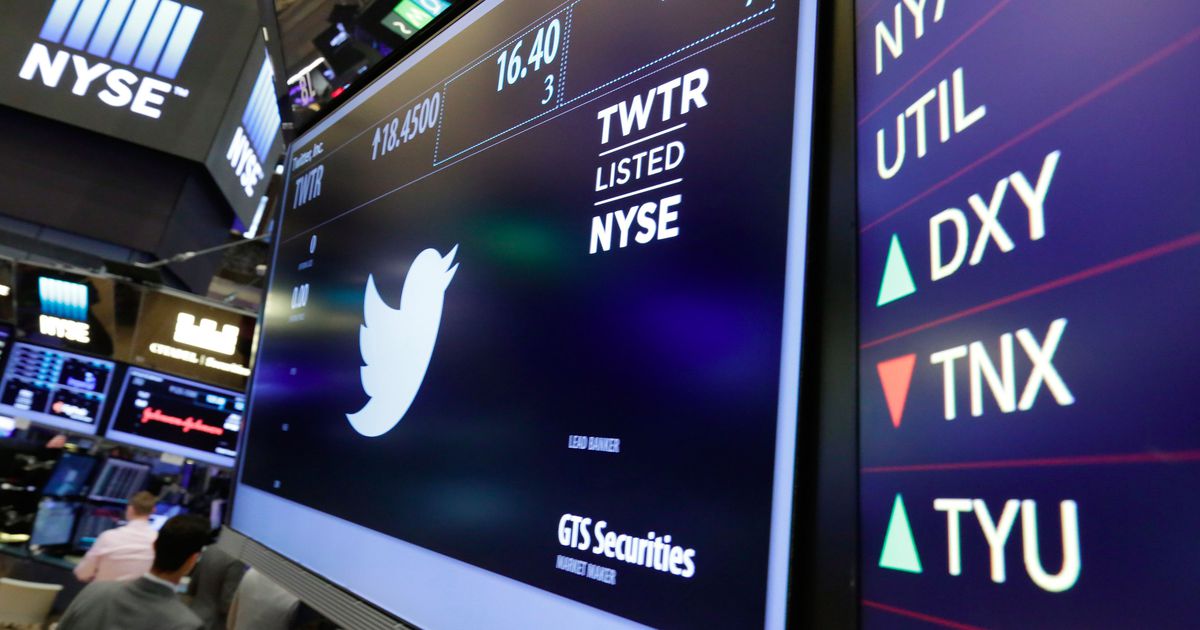Twitter cuts off Snaptrends, which mines tweets for law enforcement


Twitter continues to sever its ties with social media monitoring companies that provide information to law enforcement.
The company confirmed to Mashable on Thursday that it recently ended its relationship with Snaptrends.
The confirmation comes one week after Twitter publicly confirmed it had cut off another surveillance company’s access to data it was marketing to law enforcement.
Based on information in the @ACLUs report, we are immediately suspending @Geofeedias commercial access to Twitter data.
Policy (@policy) October 11, 2016
The Snaptrends breakup was first reported by The Daily Dot.
Snaptrends is a social media surveillance company headquartered in Austin, Texas.
According to correspondence between Austin police and the company’s director of sales published by The Austin Chronicle in 2015 Snaptrends “developed its software intelligence system to serve public safety organization [sic] and national intelligence agencies in the United States.”
The “privacy policy” on the company’s website says “in certain situations, Snaptrends may be required to disclose personal data in response to lawful requests by public authorities, including to meet national security or law enforcement requirements.”
The same page also states only that the company “may share personal information when we have your consent to do so, when required by law, when required to protect our rights or property, as necessary to complete a transaction you have requested, or for marketing purposes.”

In this April 29, 2015 photo, police stand in formation as a curfew approaches in Baltimore.
Image: AP Photo/Patrick Semansky
Snaptrends has also touted how the company has helped boost the number of arrests a police department was able to carry out while executing warrants, according to The Daily Dot. It has provided numerous police groups with access to its software.
Last week, Twitter which says it has long had a company policy that prohibits third parties from selling Twitter data in order to surveil users cut ties with Geofeedia for similar reasons.
Geofeedia, which is used by law enforcement groups as well as media companies, is able to collect tweets, Instagrams, Facebook posts and other types of social media in a certain geographic area.
Twitter cut off Geofeedia’s access after an ACLU investigation revealed Geofeedia had marketed its software to police departments as a way to track activists and protesters. Facebook and Instagram had also recently done the same.

Twitter has now cut off a second social media surveillance company form using its data.
Image: Jochen Eckel/picture-alliance/dpa/AP Images
Geofeedia and Snaptrends are just two of many social media surveillance companies. Several provide services to law enforcement.
Companies and products such as Media Sonar, Beware and Digital Stakeout have all provided and marketed their services to various law enforcement groups. Beware even assigns a “threat level” to individuals, though the method of assigning those levels is a company secret.
Social media surveillance is just one form of surveillance law enforcement throughout the country use to track civilians, little of which the public is generally aware of.
These various types of surveillance often have a disproportionate impact on black communities.
Police use of cell site simulators commonly known as Stingrays allow officers to collect cellphone data from phones in a general area where the simulators are deployed. The simulators are also known to disrupt phone service in those areas.

Baltimore police officers stand outside of the courthouse as demonstrators protest in response to a hung jury and mistrial for Officer William Porter.
Image: AP Photo/Jose Luis Magana
In Baltimore, civil rights organizations filed a Federal Communications Commission complaint alleging that police in the city deploy cell site simulators in predominantly black neighborhoods at higher rates than other parts of the city.
Facial recognition technology used by around 25 percent of police departments across the country also has a disproportionate effect on black civilians.
Recognition algorithms often perform worse when trying to identify black people as opposed to white people, meaning black people have a greater chance of being mislabeled a criminal suspect.
Mashable reached out to Snaptrends by email and phone, but did not hear back before publishing.
Read more: http://mashable.com/2016/10/20/twitter-social-media-surveillance-snaptrends/